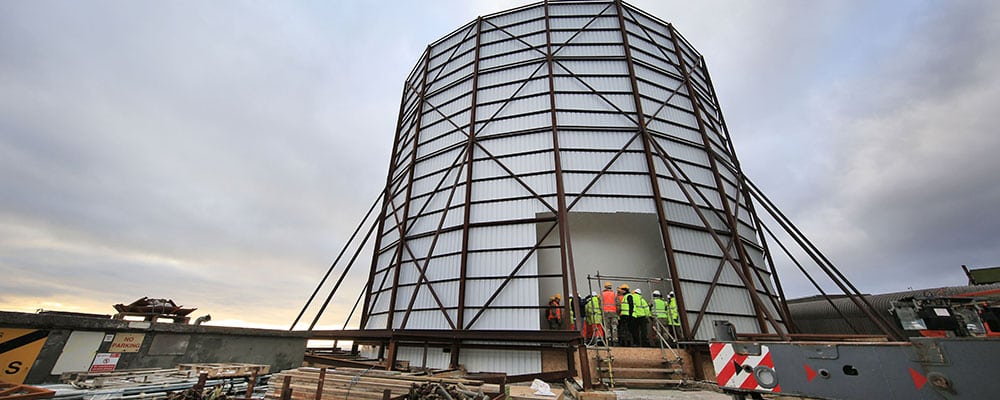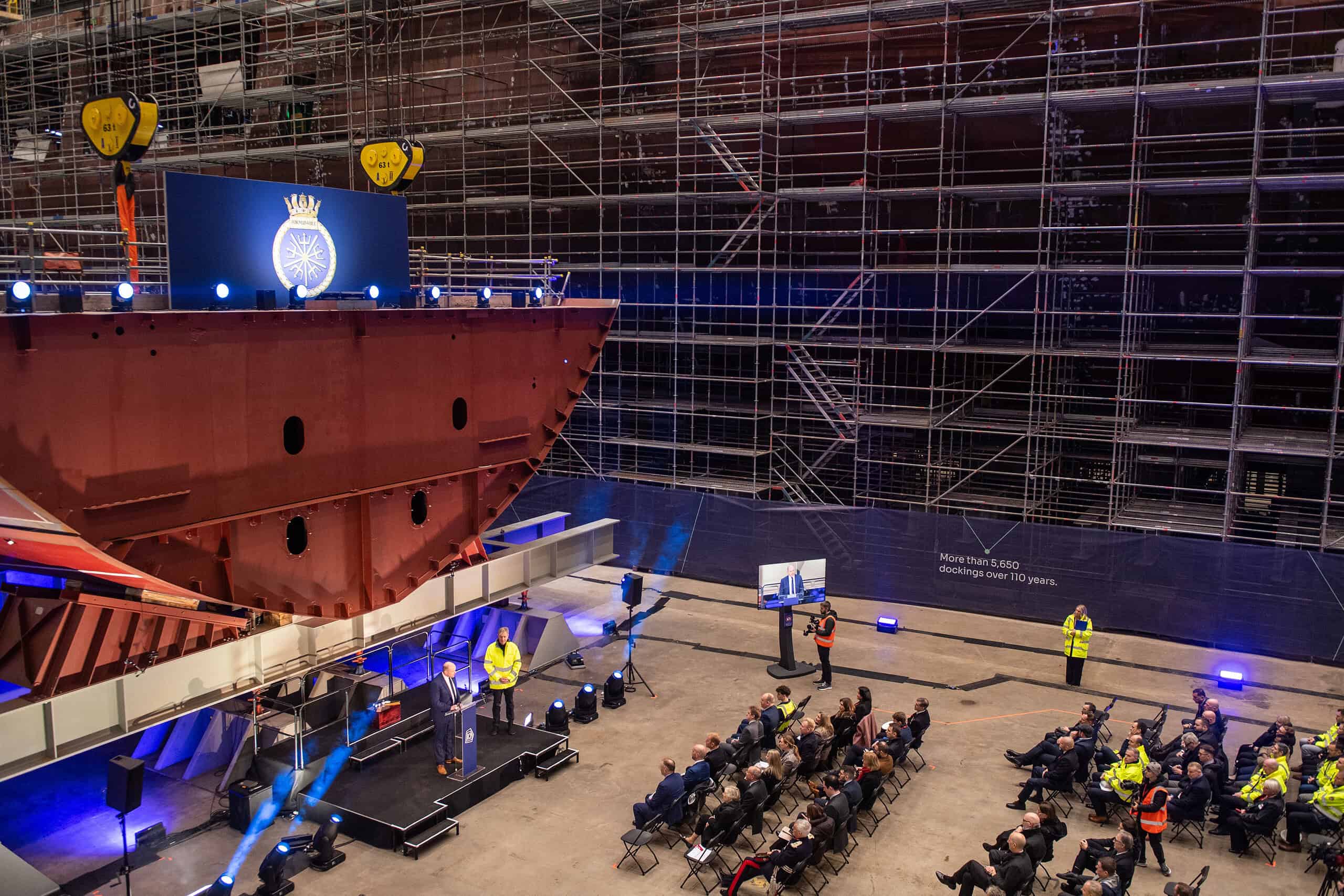
- New £10m Remote Radar Head facility opening in Shetland.
- Facility reinforces the UK’s ability to track unidentified military or civilian aircraft.
- Radar will improve RAF and NATO understanding of the airspace north of Britain and further out across the Norwegian Sea, improving the UK’s sovereign capability at a time of heightened Russian military activity.
Published on 1st February 2018.
Share this story
A new RAF radar facility reinforcing the UK’s ability to track unidentified military or civilian aircraft will be powered up ready to operate soon, the head of the RAF heard today.
Chief of the Air Staff, Air Chief Marshal Sir Stephen Hillier, visited the site of the new £10m Remote Radar Head facility, at Saxa Vord, Unst, Shetland, to inspect its progress.
The radar will improve RAF and NATO understanding of the airspace north of Britain and further out across the Norwegian Sea, improving the UK’s sovereign capability at a time of heightened Russian military activity. It will see the island return to the role it performed during the 1960s and 70s, when the site was used as an early warning radar on NATO’s northern flank.
Defence Secretary Gavin Williamson said:
We will always protect our skies from Russian aggression. This radar is a vital part of the UK’s defences as we react to intensifying global threats and reinforce our ability to tackle them. Russia’s actions are not limited to Europe’s eastern borders – the threat to British livelihoods is severe and real.
Air Chief Marshal Sir Stephen Hillier, Chief of the Air Staff, said:
The radar system at Saxa Vord is an important part of ensuring that the RAF can fully protect both the UK’s airspace and that of our NATO allies, in the face of increasing pressure from Russia.
Right at the tip of Shetland, Saxa Vord is a very remote site, so I’m extremely grateful to the team who have been working hard through the cold of winter, with snow and 120 mph gales, to ensure that the construction has remained on schedule.
The Saxa Vord Radar head will provide key information on aircraft movements to the north of the UK and feed the nationwide Quick Reaction Alert (QRA) operation which is responsible for policing international and UK airspace from RAF Lossiemouth in Moray and RAF Coningsby in Lincolnshire, as well as supporting civil air traffic control.
During the last five years, the RAF has carried out 69 QRA launches. Just last week (15 Jan), two Typhoon aircraft from RAF Lossiemouth were scrambled to intercept two approaching Russian military aircraft which did not respond to the air traffic control authorities.
The RAF monitored the jets as they passed through international airspace, before escorting the Russian Blackjacks out of the UK’s area of interest. At no time did the Russian bombers enter UK sovereign airspace.
Defence Equipment and Support managed the redevelopment of the site and delivered the new infrastructure and capability for the RAF, commissioning the works through the Foreign and Commonwealth Office (FCO) Services. The Saxa Vord remote radar head will be operated remotely by RAF personnel and contractors will only attend the site for maintenance.
Simon Dakin, Director Intelligence Surveillance Target Acquisition and Reconnaissance, for DE&S, said:
The Air Defence and Electronic Warfare Delivery Team has shown outstanding innovation and teamwork to deliver this vital capability ahead of time and within budget.
During his two day visit to Shetland, Sir Stephen Hillier also toured the adjacent Saxa Vord RAF and Exhibition Centre and met representatives from Shetland Islands Council, Highlands and Islands Enterprise, Sullom Voe and Shetland Space Centre Ltd, as well as delivery personnel from FCO Services & ADEWS, Brody-Forbes, 90 SU, Serco, Mobile Met Unit and McDonald Scaffolding.
Scotland is home to more than 10,000 regular and 4,000 reserve armed forces personnel, whilst Scottish industry benefits from defence spending £1.5bn with it each year. This investment supports 9,750 private sector and highly skilled jobs in Scotland.















Follow us